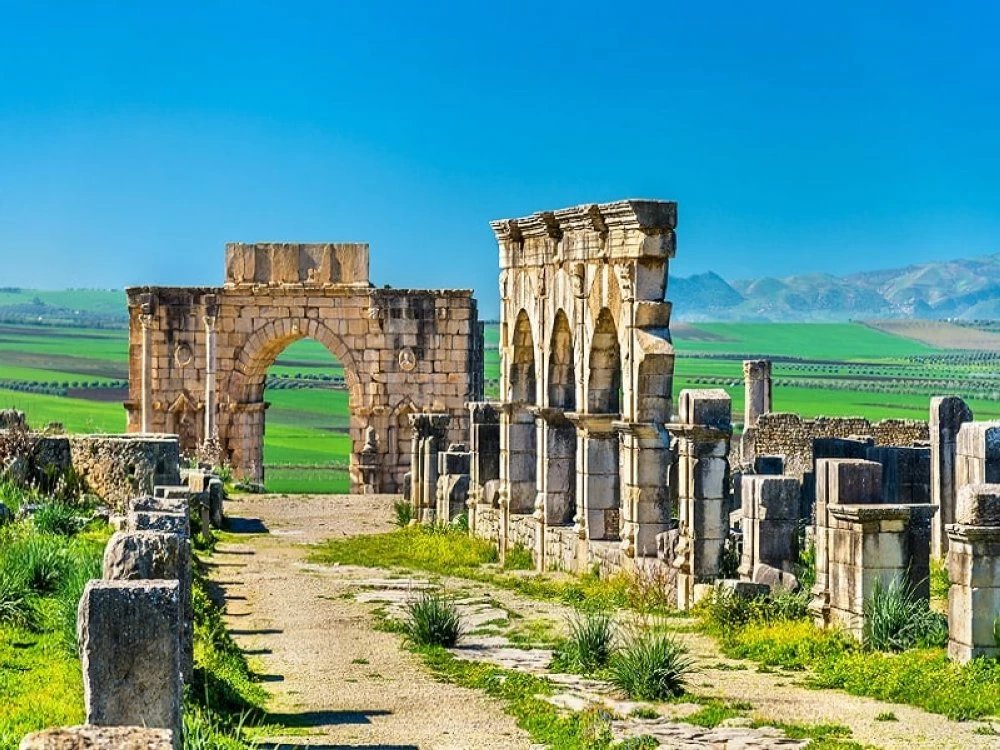This new discovery, the result of a collaboration between theNational Institute of Archaeological and Heritage Sciences (INSAP) At MoroccoL’Institute of Cultural Heritage Sciences of National Research Council of Italy (CNR-ISPC)THE McDonald Institute for Archaeological Research of theUniversity of Cambridge and theInternational Association for Mediterranean and Oriental Studies (ISMEO)revealed a company of Late Neolithic (3400-2900 BCE) previously unknown, the ministry said in a statement.

The evidence found through this study, the results of which are published in an open-access article in the journal Antiquityindicate the presence of a vast establishment of almost ten hectares, comparable in size to the Greek agglomeration of Troy of the age of Ancient Bronzenotes the same source, adding that the Oued Beht archaeological sitedating from Neolithicconfirms the crucial role of Maghreb in the evolution of complex societies in Mediterranean and in North Africa. The team discovered remains of plants and ofdomesticated animalsas well as a rich complex of artifacts including ceramic vessels, including those bearing polychrome painted decoration, polished axes, grindstones and chipped stone tools. The excavations also revealed the presence of numerous pits and silos, probably used for storage.
A significant point is the already known presence of contemporary sites with similar characteristics in the Iberian Peninsulaon the other side of the Mediterranean, where finds of ivory objects and ostrich eggs suggest clear connections with African regions, the authors of the study say. And to note that these revelations provide crucial new information on the settlement of the Maghreb between the 4th and 3rd millennium BCE (5000 years before the present), thus confirming the crucial role of this region in the evolution of complex societies in the Mediterranean and North Africa. Oued Beht confirms the key role played by the Maghreb in the development of contacts and exchange networks between theAfrica and theEurope during the 4th and 3rd millennium BC, thanks to its strategic position between the Sahara desert to the south and the shortest maritime crossing point between the two continents, namely the Strait of Gibraltarto the North.
“This discovery concerns a little-documented period of the prehistory ofNorth West Africa. Indeed, although the importance of this region is widely recognized for the PaleolithicL’iron age and the Islamic periodthere is a significant lack of knowledge for the period between 4000 and 1000 BCE,” explain the researchers, quoted in the press release. “The discovery of the Oued Beht site in Morocco demonstrates that this gap in knowledge is not due to a lack of archaeological evidence, but rather to the limited attention paid so far to these regions and, in particular, to these historical phases,” they note. To address this, Youssef Bokbotarchaeologist at INSAP-Moroccoin collaboration with Cyprian Broodbankarchaeologist at theUniversity of Cambridge (United Kingdom) And Giulio Lucariniarchaeologist at CNR-ISPC Italyconducted multidisciplinary archaeological research in Oued Beht.
The results of this study come from the Oued Beht Archaeological Project (OBAP)an international multidisciplinary project launched in 2021 as part of the scientific cooperation program signed between INSAP (Morocco), CNR-ISPC (Italy), the McDonald Institute for Archaeological Research of the University of Cambridge (UK) and the Italian Institute for the Middle and Far East (ISMEO).





